Introduction
Soft polyurethane (PU) foams are widely used in various applications, including furniture, bedding, automotive interiors, and packaging. The production process involves the use of catalysts to promote chemical reactions between isocyanates and polyols. However, these catalysts can also influence the emissions of volatile organic compounds (VOCs), which have significant environmental and health implications. This article delves into how different types of catalysts impact VOC emissions during the manufacturing of soft PU foams, exploring the underlying mechanisms, regulatory considerations, technological advancements, and practical case studies.
Understanding Catalysts in PU Foam Manufacturing
Catalysts play a crucial role in controlling the rate and extent of reactions in PU foam production. They accelerate the formation of urethane bonds and the release of carbon dioxide (CO2), which contributes to foam expansion. Traditional catalysts include tertiary amines and organometallic compounds, such as tin-based catalysts. While effective, these traditional catalysts can lead to higher VOC emissions due to their volatility and potential for side reactions that produce unwanted byproducts.
Table 1: Common Catalysts Used in Soft PU Foam Manufacturing
| Catalyst Type | Example Compounds | Primary Function |
|---|---|---|
| Tertiary Amines | Dabco, Polycat | Promote urethane bond formation |
| Organometallic Compounds | Tin(II) octoate, Bismuth salts | Enhance blowing reaction and gelation |
Mechanisms Influencing VOC Emissions
The choice of catalyst directly affects the level of VOC emissions through several mechanisms:
- Volatility: Some catalysts are inherently volatile and can evaporate during the foam-making process, contributing to VOC emissions.
- Side Reactions: Certain catalysts may participate in side reactions that generate additional VOCs, such as formaldehyde or other aldehydes.
- Residual Content: Unreacted catalysts remaining in the final product can continue to emit VOCs over time.
Table 2: Mechanisms of VOC Emission from Catalysts
| Mechanism | Description | Examples of Emitted VOCs |
|---|---|---|
| Volatility | Evaporation of catalysts during processing | Dimethylamine, methyl ethyl ketone |
| Side Reactions | Formation of VOCs as byproducts of unintended chemical reactions | Formaldehyde, acetaldehyde |
| Residual Content | Emission from unreacted catalysts present in the final product | Various aliphatic amines |
Regulatory Standards and Environmental Considerations
Regulations surrounding VOC emissions are becoming increasingly stringent, driven by concerns about air quality and human health. Key standards and regulations affecting PU foam production include:
- REACH (Registration, Evaluation, Authorization, and Restriction of Chemicals): European regulation that limits the use of hazardous substances, including formaldehyde-releasing catalysts.
- CARB (California Air Resources Board): Sets strict limits on formaldehyde emissions from composite wood products and other materials.
- ISO 16000 Series: International standards for indoor air quality, which specify methods for measuring VOC emissions.
Table 3: Regulatory Standards for VOC Emissions in PU Foam Production
| Standard/Regulation | Description | Requirements |
|---|---|---|
| REACH | Limits the use of hazardous substances, including formaldehyde | Restrictions on certain chemicals |
| CARB | Sets limits on formaldehyde emissions from composite wood products | Low formaldehyde emission levels |
| ISO 16000 Series | Specifies methods for measuring VOC emissions | Methods for testing VOC emissions |
Selection of Low-VOC Catalysts
Choosing low-VOC catalysts is essential for reducing emissions while maintaining foam performance. Several factors should be considered when selecting catalysts:
- Emission Profile: Select catalysts with lower volatility and minimal side reactions.
- Performance: Ensure the catalyst provides adequate reactivity for foam formation without compromising physical properties.
- Environmental Impact: Opt for biodegradable and non-toxic catalysts to minimize environmental harm.
Table 4: Criteria for Selecting Low-VOC Catalysts
| Factor | Importance Level | Considerations |
|---|---|---|
| Emission Profile | High | Lower volatility, minimal side reactions |
| Performance | Medium | Adequate reactivity, desired foam properties |
| Environmental Impact | Very High | Biodegradability, toxicity, emissions |
Technological Advancements in Low-VOC Catalysts
Advances in catalyst technology have led to the development of new formulations that significantly reduce VOC emissions:
- Metal-Free Catalysts: These catalysts eliminate the need for heavy metals, reducing toxicity and improving biodegradability.
- Biobased Catalysts: Derived from renewable resources, these catalysts offer sustainable alternatives with lower environmental impact.
- Nanostructured Catalysts: Enhanced catalytic activity at lower concentrations, minimizing residual content and emissions.
Table 5: Emerging Technologies in Low-VOC Catalysts
| Technology | Description | Potential Benefits |
|---|---|---|
| Metal-Free Catalysts | Eliminates heavy metals, reducing toxicity | Reduced environmental impact, safer |
| Biobased Catalysts | Uses renewable resources | Sustainable, lower emissions |
| Nanostructured Catalysts | Enhanced activity at lower concentrations | Minimized residuals, reduced emissions |
Case Studies Demonstrating Reduced VOC Emissions
Several case studies illustrate the effectiveness of low-VOC catalysts in reducing emissions while maintaining foam quality:
Case Study 1: Eco-Friendly Mattress Foam
Application: High-end mattress foam
Catalyst Used: Metal-free organocatalyst
Outcome: Significantly reduced VOC emissions compared to traditional formulations. The foam exhibited excellent comfort and durability, meeting stringent environmental standards.
Case Study 2: Automotive Interior Cushions
Application: Automotive interior cushions
Catalyst Used: Biobased catalyst
Outcome: Achieved low VOC emissions, complying with automotive industry standards. The foam provided high resilience and durability, suitable for long-term use in vehicles.
Case Study 3: Furniture Upholstery Foam
Application: Eco-friendly sofa cushions
Catalyst Used: Combination of metal-free and biobased catalysts
Outcome: Produced foam with low odor and minimal VOC emissions, enhancing consumer satisfaction and aligning with eco-friendly branding.
Table 6: Summary of Case Studies
| Case Study | Application | Catalyst Used | Outcome |
|---|---|---|---|
| Eco-Friendly Mattress | High-end mattress foam | Metal-free organocatalyst | Reduced VOC emissions, excellent comfort and durability |
| Automotive Interior | Automotive interior cushions | Biobased catalyst | Low VOC emissions, high resilience and durability |
| Furniture Upholstery | Eco-friendly sofa cushions | Combination of metal-free and biobased | Low odor, minimal VOC emissions, enhanced satisfaction |
Testing and Validation Methods for VOC Emissions
To ensure compliance with environmental standards and verify the effectiveness of low-VOC catalysts, rigorous testing methods are employed:
- VOC Emission Testing: Measures the amount of VOCs emitted from foam samples under controlled conditions.
- Odor Testing: Evaluates the presence and intensity of odors, important for consumer satisfaction.
- Mechanical and Thermal Testing: Ensures that foam properties remain unaffected by changes in catalyst selection.
Table 7: Testing Methods for VOC Emissions
| Test Method | Description | Parameters Measured |
|---|---|---|
| VOC Emission Testing | Measures the amount of VOCs emitted from foam samples | Total VOC emissions |
| Odor Testing | Evaluates the presence and intensity of odors | Odor intensity, consumer acceptance |
| Mechanical Testing | Tests tensile strength, tear resistance, and compression set | Mechanical properties |
| Thermal Testing | Evaluates thermal conductivity and insulation properties | Thermal performance |
Market Analysis and Competitive Landscape
The global market for PU foam catalysts is competitive, with key players focusing on innovation and sustainability. Companies like BASF, Covestro, Dow, Huntsman, and Wanhua Chemical are leading efforts to develop low-VOC catalysts that meet both performance and environmental requirements.
Table 8: Key Players in the PU Foam Catalyst Market
| Company | Headquarters | Key Products | Market Focus |
|---|---|---|---|
| BASF | Germany | Elastoflex, Elastollan | Innovation, sustainability, high performance |
| Covestro | Germany | Desmodur, Bayfit | Eco-friendly, high durability, comfort |
| Dow | USA | Voraforce, Specflex | Customizable solutions, high resilience |
| Huntsman | USA | Suprasec, Rubinate | High performance, low emissions, comfort |
| Wanhua Chemical | China | Wannate, Adiprene | Cost-effective, high-quality, eco-friendly |
Conclusion
The selection of appropriate catalysts is critical for minimizing VOC emissions in the production of soft PU foams. By understanding the mechanisms influencing emissions, adhering to regulatory standards, and leveraging technological advancements, manufacturers can achieve both high-performance foam products and reduced environmental impact. As the industry continues to evolve, the development of innovative low-VOC catalysts will play a pivotal role in shaping a more sustainable future for PU foam production.
This comprehensive guide aims to provide a solid foundation for those involved in the design, production, and use of soft PU foams, highlighting the importance of addressing VOC emissions through thoughtful catalyst selection and advanced technologies. Reducing VOC emissions not only benefits the environment but also enhances product quality and consumer satisfaction, driving the industry towards a greener and more innovative future.
Extended reading:
High efficiency amine catalyst/Dabco amine catalyst
Non-emissive polyurethane catalyst/Dabco NE1060 catalyst
Dioctyltin dilaurate (DOTDL) – Amine Catalysts (newtopchem.com)
Polycat 12 – Amine Catalysts (newtopchem.com)





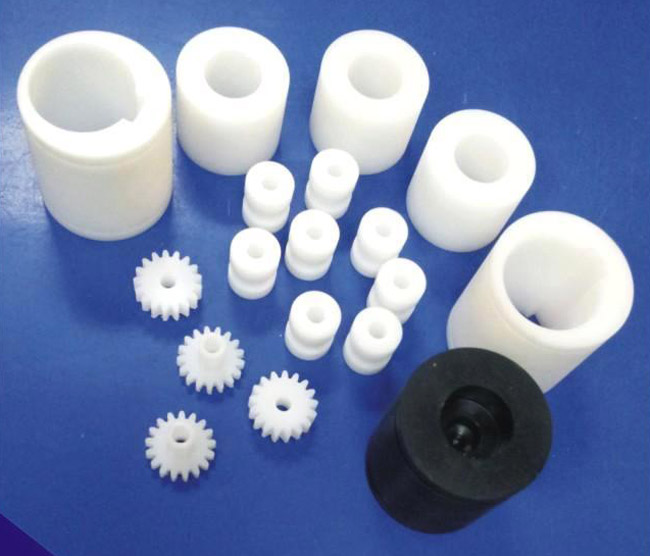


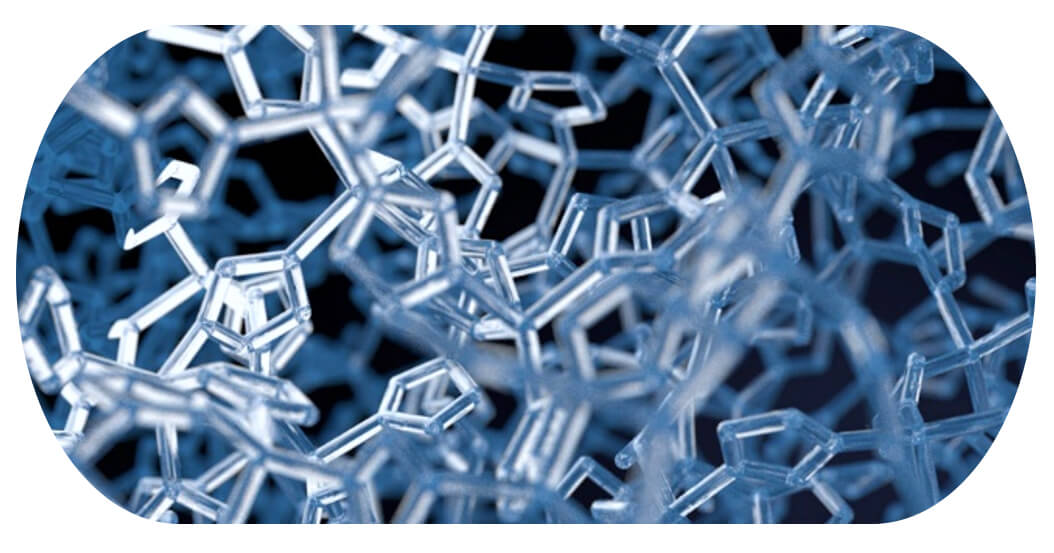
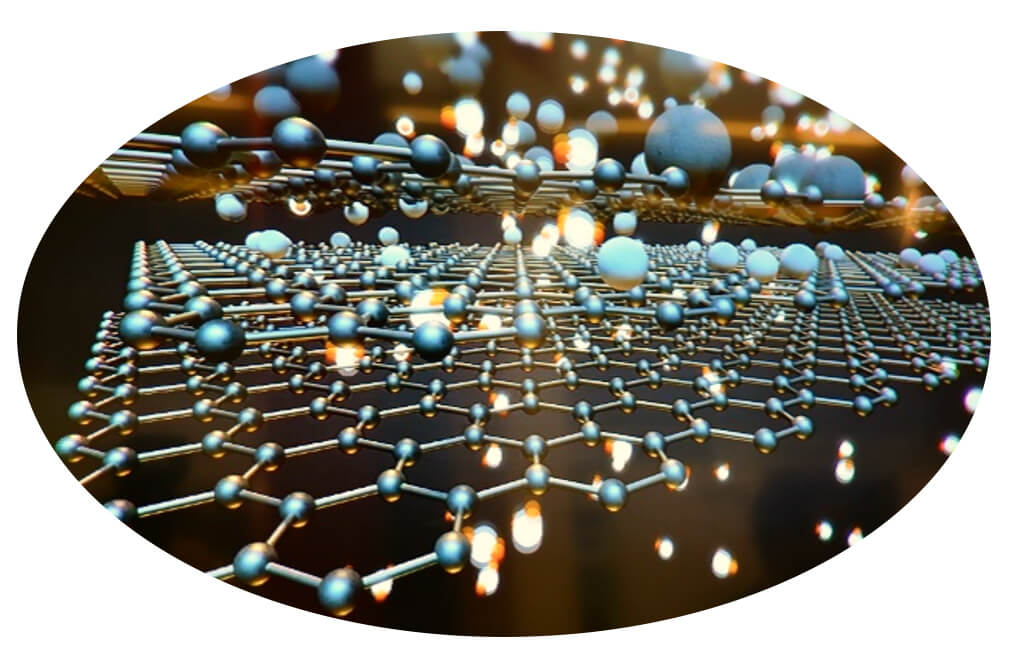


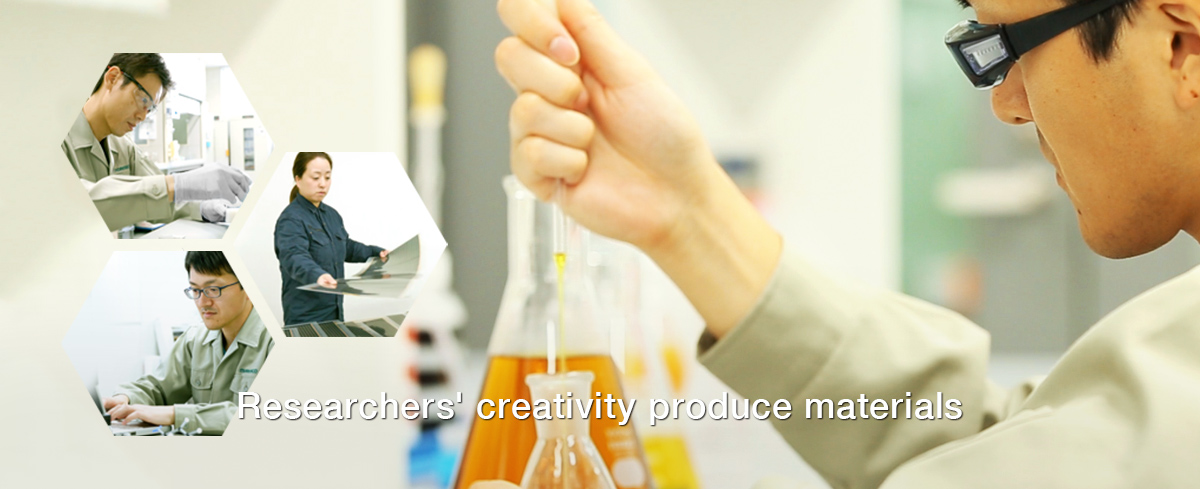





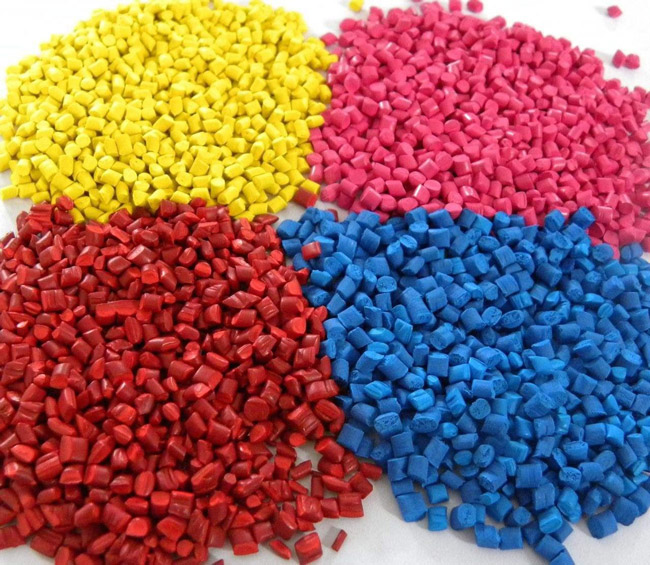

Comments